When Norwich cadets marched on Hanover
| Published: 07-05-2019 10:00 PM |
On a summer afternoon in the 1830s, Capt. Alden Partridge, founder of Norwich University, looked over the troops assembled before him. Even though the captain’s uniform jacket had grown a little tight over the years, he was still an impressive sight, with his ceremonial sword in the scabbard at his side.
Before him was an equally impressive sight: a column of musicians — three drummers, three fifers and a bugler — fronting the armed ranks of the university’s cadets, reinforced by members of the Norwich Light Infantry. In all, about 150 men marched through the university’s gates and headed toward the Connecticut River. The troops crossed the bridge in broken ranks and then resumed formation. The cadets were elated: Hanover was about to receive some payback.
“Fix bayonets! Carry arms! Right wheel into column! Guide right! Forward march!” With drums sounding the cadence, the troops marched up the hill, turned left to skirt the west side of the green and then turned right. They marched toward the rise where the handsome white buildings of Dartmouth College stood. By this time, fife and bugle had joined the drums. It was a Saturday afternoon, and a crowd had quickly formed on and around the green; some were friendly and some were not.
“Steady,” Capt. Partridge commanded as the troops turned and slowly pushed through the mob in front of the college buildings. Once the path ahead was clear again, the procession continued straight, much to the surprise of the onlookers. The soldiers continued marching through the village to its end where they wheeled around and countermarched home, to the cheerful tune of Yankee Doodle.
Conflict between neighboring colleges has been a feature of American life for centuries, and Norwich University and Dartmouth College were no different. Relations between the cadets and the men they called “the Darties” were seldom warm during the years before Norwich University relocated to Northfield, Vt. The march on Hanover was just one incident in a long-running feud.
Hanover’s last salvo had been a nighttime raid on Norwich, when scores of Hanover men marched through Norwich in a long column of four abreast. In the dark it was impossible to tell if they were students, men of the town or both, but there was no doubt that they had come from across the bridge. At the end of Main Street the men turned and marched back to Hanover, stopping at the gates of the military university where they tried to overcome the sentries. The attempt failed, but the cadets felt the insult keenly.
The tale of this incident and many more are included in William Arba Ellis’s book, Norwich University, 1819-1911. No one knows exactly when or why the feuding began. Cyrus Burnham, who was enrolled at Norwich in the 1830s, reported that in those days a cadet never ventured into Hanover alone. Most scuffles, when they occurred, were of a minor nature. The brass buttons on the cadets’ uniforms were spoils much prized by Dartmouth men, while the cadets enjoyed crushing the silk hats and stealing the walking sticks that were part of the Dartmouth “uniform.” Often pranks were designed to disrupt a special event at the rival institution, such as a parade or commencement exercises.
Norwich University was unlike any other military institution at that time. Its founder, Partridge, grew up on a farm in Norwich and had been known in town as an enthusiastic hiker. He graduated from Dartmouth as well as West Point and taught at West Point for some years.
Article continues after...
Yesterday's Most Read Articles
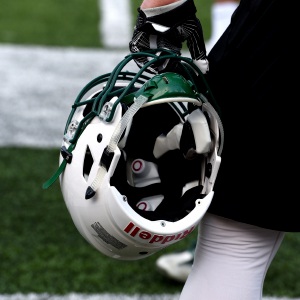 Football helmet maker buys Lebanon’s Simbex
Football helmet maker buys Lebanon’s Simbex
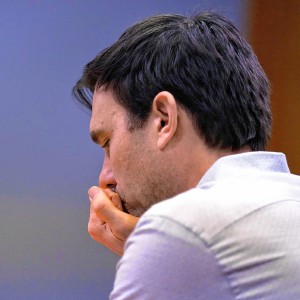 James Parker granted parole for his role in Dartmouth professors’ stabbing deaths
James Parker granted parole for his role in Dartmouth professors’ stabbing deaths
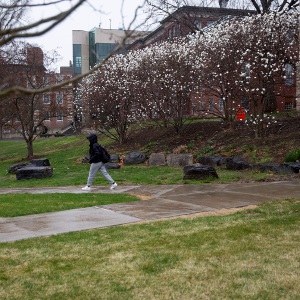 Zantop daughter: ‘I wish James' family the best and hope that they are able to heal’
Zantop daughter: ‘I wish James' family the best and hope that they are able to heal’
 Kenyon: Dartmouth alumni join union-busting effort
Kenyon: Dartmouth alumni join union-busting effort
 Parker up for parole more than 2 decades after Dartmouth professor stabbing deaths
Parker up for parole more than 2 decades after Dartmouth professor stabbing deaths
 Through new school partnerships, CRREL seeks to educate young scientists
Through new school partnerships, CRREL seeks to educate young scientists
But he came to believe that the military academies of his day were not serving America well. They were creating an elite class of professional soldiers, he argued, while at the same time state militias were losing strength and skill in the peaceful years after the War of 1812. He thought the country needed more men who had well-rounded educations as well as military training, who were physically fit and ready in every way to serve as soldiers. In short, the country needed more men like Alden Partridge. Norwich University was his answer to the problem.
For its first 15 years the university was called the American Literary, Scientific and Military Academy. Cadets studied the subjects that Capt. Partridge had studied at Dartmouth and at West Point, with considerable emphasis on engineering. The curriculum also included long and strenuous hiking expeditions into the Green Mountains. Despite these brutal demands, the institution flourished. Eventually Partridge founded similar academies in Virginia, Pennsylvania and Delaware.
In 1866, the South Barracks on the Norwich campus burned to the ground. One might be forgiven for wondering whether Dartmouth men had anything to do with the fire. In fact, the cause was most likely a defective chimney. Further, the rivalry between the cadets and the Darties had ended some years before.
Around 1860, as the North and the South began to arm themselves for civil war, the feuding between Dartmouth and Norwich suddenly appeared petty and juvenile.
But another factor wrought a deeper change on this particular relationship. While Norwich cadets were ready to receive commissions in the regiments that were being formed, the men of Dartmouth saw that they would be at a disadvantage in that regard. Forty-one members of the sophomore class organized a military company, which they called the Dartmouth Zoaves. Taking up a collection of $5, they purchased a copy of Scott’s Military Tactics, which each man studied carefully before passing it on.
With new appreciation for the skills taught at Norwich University, the Zoaves looked across the river for a drillmaster who could whip them into shape. Lt. Charles B. Stoughton took on the task and was soon instructing future soldiers on the Dartmouth green.
Most of the Norwich and Dartmouth men who fought in the Civil War joined the Union Army, where they would have fought side by side, as brothers.
Teresa Oden is a researcher and writer. She lives in Hanover.

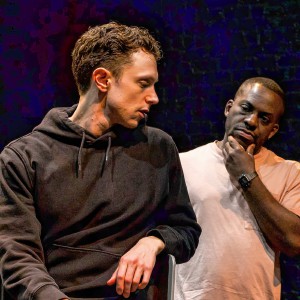 Art Notes: After losing primary venues, JAG Productions persists
Art Notes: After losing primary venues, JAG Productions persists 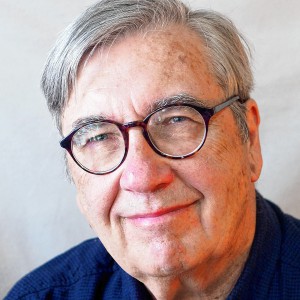 Over Easy: Marvels in the heavens, and in the yard
Over Easy: Marvels in the heavens, and in the yard 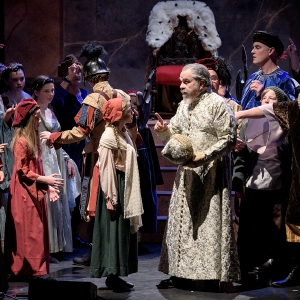 Amid financial difficulties, Lebanon-based Revels North cancels midwinter show
Amid financial difficulties, Lebanon-based Revels North cancels midwinter show 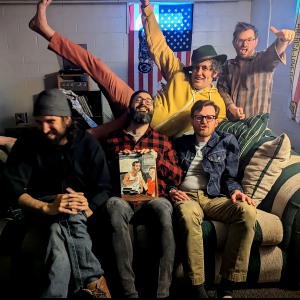 Art Notes: The Pilgrims to perform ‘last’ show Saturday in Hanover
Art Notes: The Pilgrims to perform ‘last’ show Saturday in Hanover
